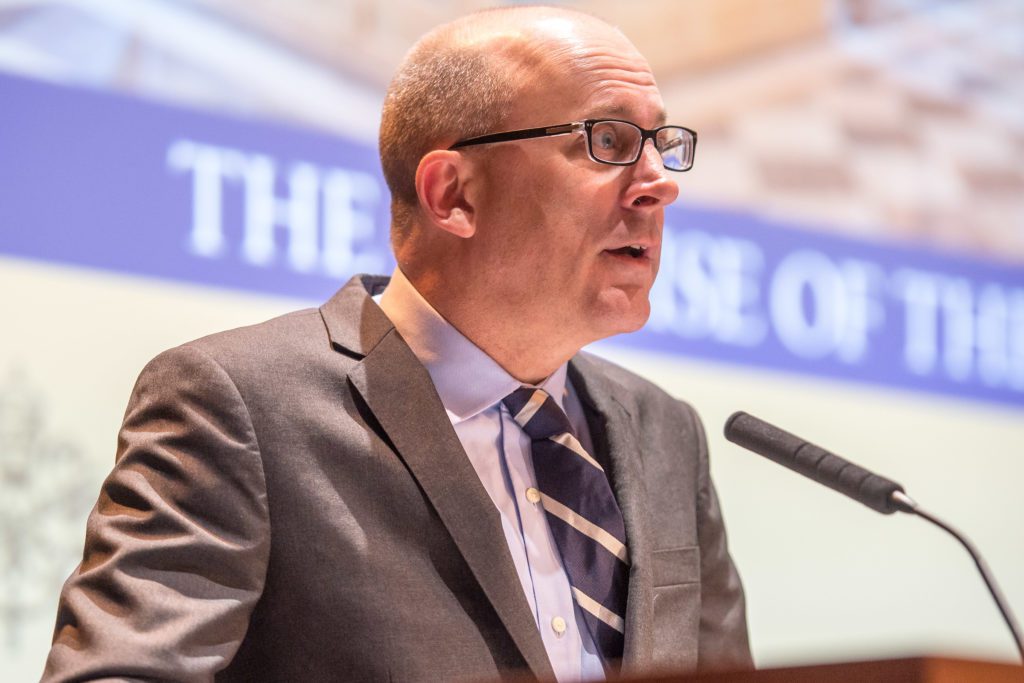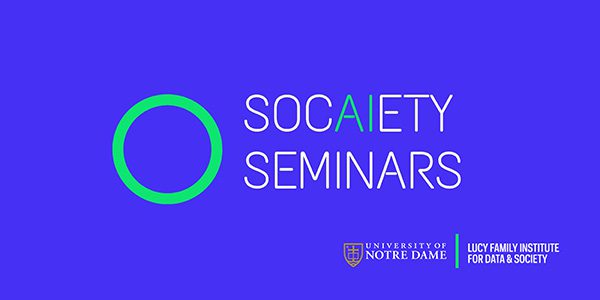An Era of Change? Or, a Change of Era?: A Conversation with Provost John T. McGreevy
Between completing his tenure as the I.A. O’Shaughnessy Dean of the College of Arts and Letters and his appointment as the Charles and Jill Fischer Provost, John T. McGreevy ʻ86 embraced the monumental challenge of composing a global history of the Catholic Church. Beginning with revival efforts in the early 1800s that led, for example, to the formation of the Congregation of Holy Cross, McGreevy strove to make sense of the complex web of relationships the Church shares with the state in locales around the world.

Released by W. W. Norton on Tuesday, September 6, 2022, McGreevy’s fourth book, Catholicism: A Global History from the French Revolution to Pope Francis, bears witness to that effort. In a recent conversation with Todd C. Ream, McGreevy talked about his hopes for that book, the myriad of characters whose stories he told, and his impressions of the Church moving forward.
A Change in Era? A Conversation with University of Notre Dame Provost John T. McGreevy from The Journal Gazette on Vimeo.
Echoing Pope Francis’ remarks in a speech the Holy Father gave in Florence, Italy in 2015, McGreevy asks his readers to consider whether they live in an era of change or in a change of era. The answer to that question determines how the Church lives out its mission as well as how institutions such as Catholic colleges and universities adjust their own respective missions.
As a result, McGreevy also offers insights concerning how he views his role as Notre Dame’s chief academic officer, his goals for the office he stewards, and his goals for the faculty he leads. In the end, McGreevy contends Notre Dame’s aspiration to be the leading Catholic research university means other research universities offer a number of commendable lessons. Its service to the Church, however, means Notre Dame “has a special mission to be a Catholic university and connected to that global Catholic institution. That’s when Notre Dame will thrive, when it’s doing both.”
Please click on the Event Recap section below for a partial transcript of the interview.
John T. McGreevy is the Charles and Jill Fischer Provost and the Francis A. McAnaney Professor of History at the University of Notre Dame. His three previous books include American Jesuits and the World: How an Embattled Religious Order Made Modern Catholicism Global (Princeton University Press, 2016), Catholicism and American Freedom: A History (W.W. Norton, 2003), and Parish Boundaries: The Catholic Encounter with Race in the Twentieth-Century Urban North (University of Chicago Press, 1996).
Todd C. Ream serves on the faculty at Taylor University, as publisher for Christian Scholar’s Review and as a senior fellow for the Lumen Research Institute and the Council for Christian Colleges and Universities.
Our thanks to The Journal Gazette of Fort Wayne, IN for graciously sharing this article and video with the ThinkND community.
September 12, 2022

